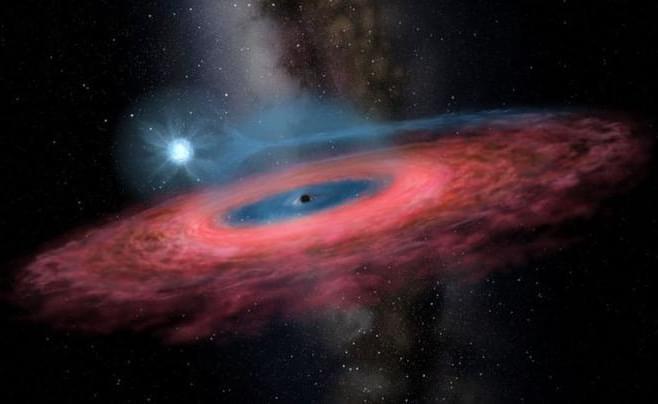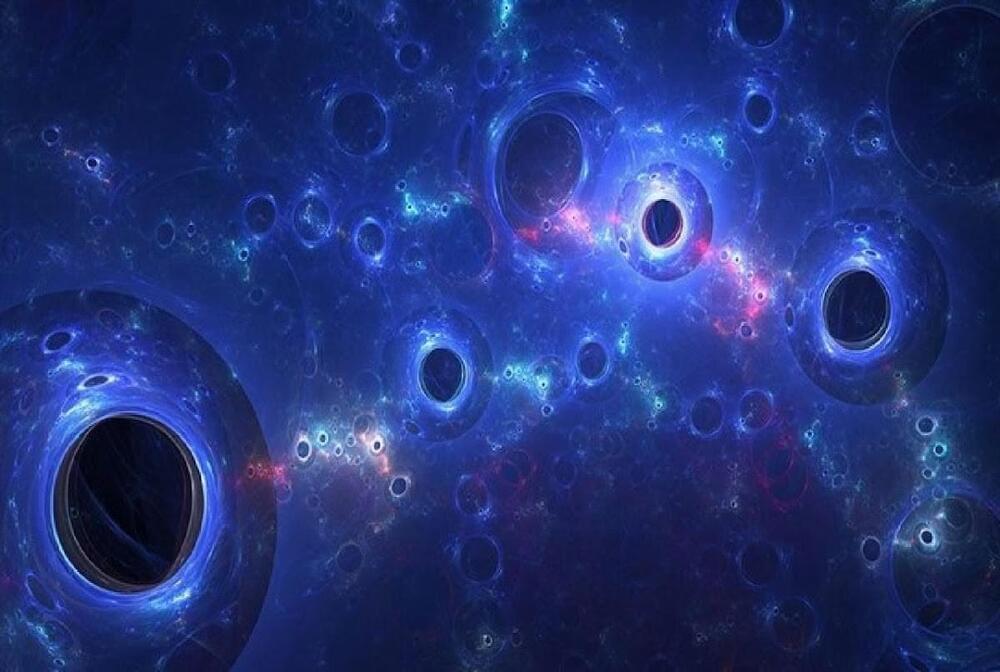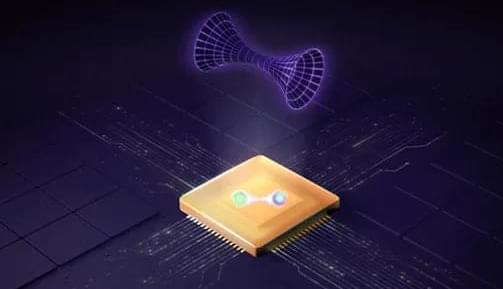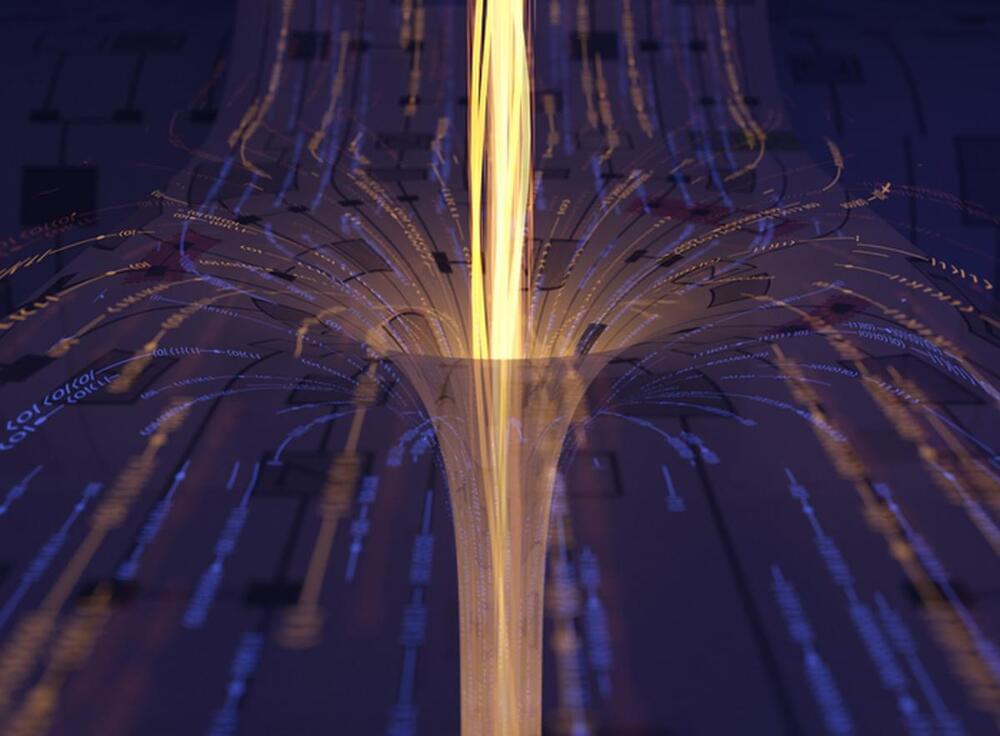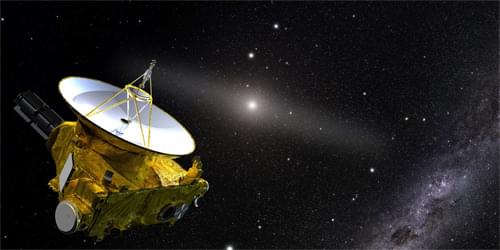The James Webb Space Telescope has finally made its first dark matter observations, and the results could lead us to new physics. They have questioned our understanding of dark matter and the large-scale structure-formation of the Universe. Dark matter is one of the most mysterious entities in the cosmos. Our best cosmological models show that 27% of the observable Universe is made of dark matter. We can’t see it, but its existence can be inferred because of its effect on surrounding baryonic matter. The true nature of dark matter is still one of the biggest mysteries in cosmology. The most successful cosmological model to date, the lambda cold dark matter or the LCDM model, makes a critical prediction regarding dark matter. It says that cold dark matter played an important role to form the large-scale structures we observe today.
So far, we did not have the technology to test this prediction. But the James Webb Space Telescope opened the windows to the first billion years and the last unexplored era in the history of the Universe. The super-early galaxies discovered by Webb in its Early Release Science program provided an opportunity to test the predictions made by the LCDM model. And when astronomers did that, the results were completely unexpected. So what do these primordial galaxies discovered by Webb tell us? What did Webb find in its first dark matter observations? Finally, and most importantly, how can these results change the course of cosmology?
The 36th episode of the Sunday Discovery Series answers all these questions in detail.
All Episodes Of The Series: https://bit.ly/369kG4p.
Basics of Astrophysics series: https://bit.ly/3xII54M
REFERENCES:
JWST high-z galaxies constraints on warm and cold dark matter models, Maio and Viel — https://bit.ly/3B8kcZ0
